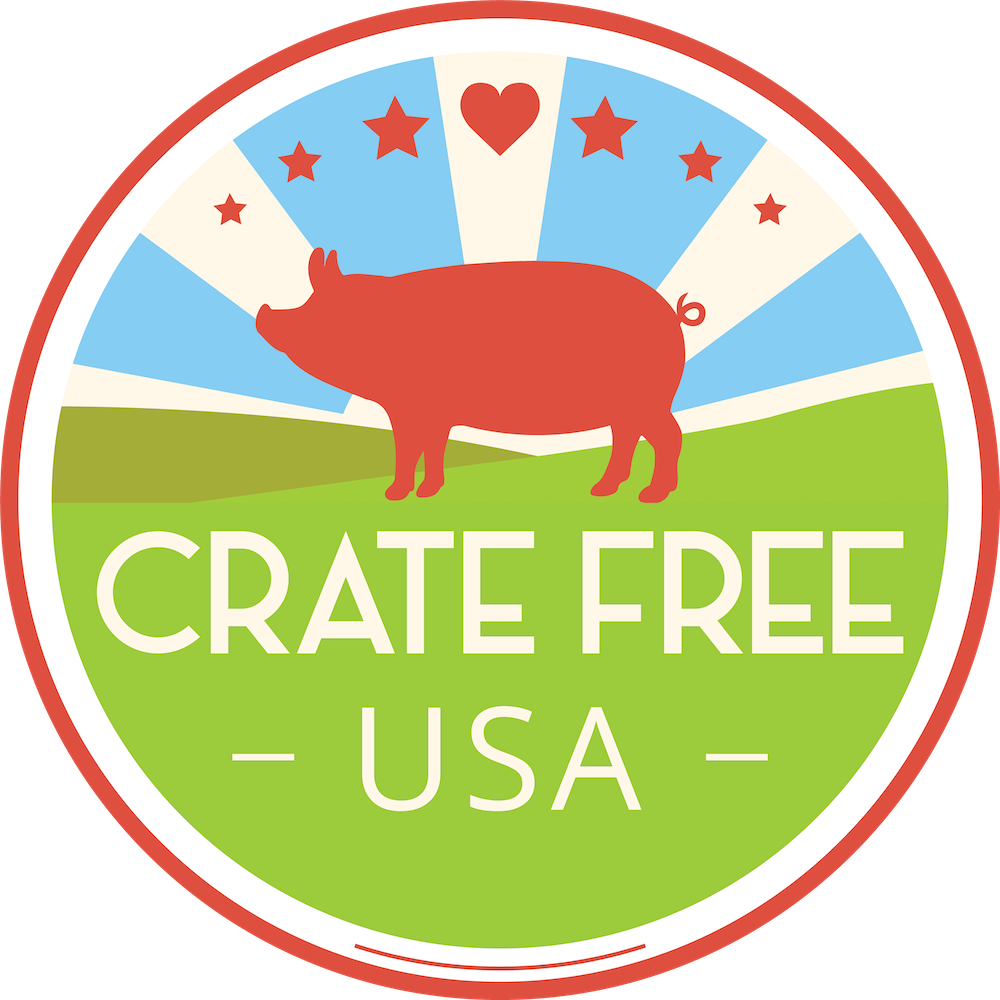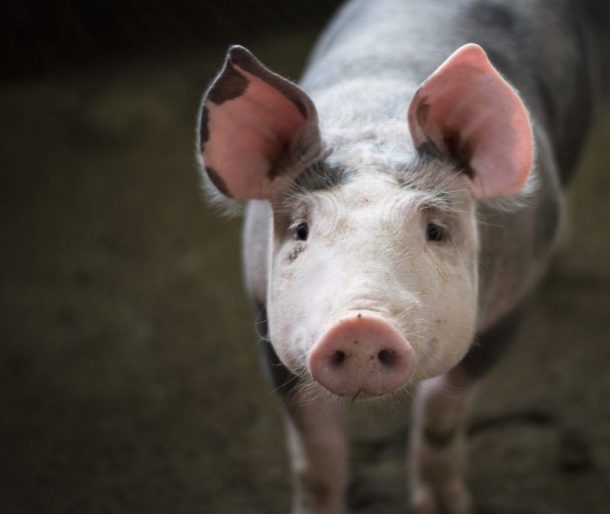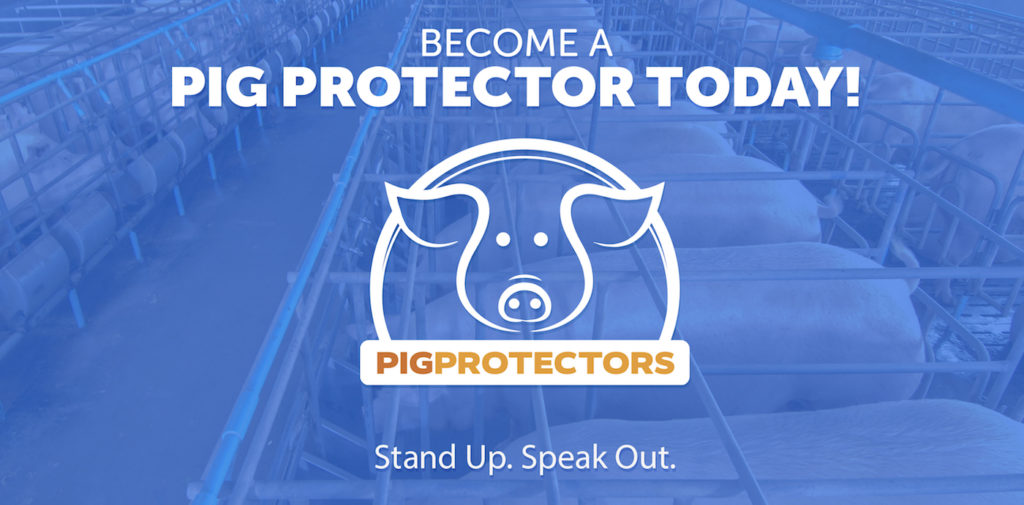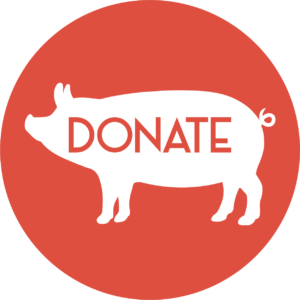By Tim O’Connor
If you’re a beginner with CrossFit, it’s almost a certainty that you’ll have at least a few sessions with a coach that will introduce you to the fundamentals of weightlifting, specifically Olympic weightlifting. As my sessions were nearing the end my coach asked me about my goals and diet. I told him I wanted to transform my body and asked about protein supplements. My coach suggested the Paleo diet instead and lean meat is the foundation of that diet. Prior to CrossFit, I really didn’t consume much meat at all. With that in mind, I decided to do some research.
My main concern was to limit fat intake, especially saturated fat since there is a history of heart disease in my family. I believed the most beneficial source of energy for my body was carbohydrates. However, much of what I was now reading convinced me that fat is actually the fuel my body preferred. Consuming animal products seemed to be the best way to load up on protein and get the fuel may body needed for intense exercise. I needed to be sure I wouldn’t compromise my health to perform better in a WOD and my research seemed to indicate that pasture raised and grass fed meats are healthier sources of fat when compared to standard meat. For that reason, I decided to begin including pasture raised and grass fed meat as part of my everyday diet.
I assumed all animals were raised the way I remembered on my grandparent’s farm in Iowa that I visited as a child. My research into pasture raised and grass fed animals led me to the reality that the farm I knew as a child has, for all practical purposes, disappeared. Today, almost all animal products are actually produced and processed on factory farms where the animals are crammed by the thousands or tens of thousands, into crates or overcrowded facilities. They are often unable to breathe fresh air, see the light of day, walk outside, peck at plants or insects, scratch the ground, or eat a blade of grass. They’re restricted from normal behavior. By and large, all the meat you purchase at your grocery store was raised under those conditions.
If you’re concerned about your health, you want meat from an animal that was raised under natural conditions – not one that was raised under unhealthy conditions that stresses the animal to the point of inducing obsessive and harmful behavior and exposes them to disease due to living in filth and concentrated waste. Factory farms also harm the environment of surrounding communities as well as exploiting workers at their facilities. Pasture raised and grass fed animals are raised humanely in a cleaner environment. All in all, that means fewer diseased animals, no need for unregulated use of antibiotics and hormones, and less pollution from concentrated animal waste.
Pasture raised and grass fed are slightly different. The simple explanation is that grass fed refers to what that animal eats – grass or hay. A grass fed animal might still spend most or all its life indoors. Most grass fed animals do spend some time on a pasture though. Pasture raised refers to where the animal eats – a pasture. In colder climates where snow may cover the ground during winter, a pasture raised animal may be fed grain during those months. I prefer pasture raised because the animal is raised naturally like the ones I remember on my grandparent’s farm. If it’s more important to you the animal eats the food it was evolved to eat, then your choice should be grass fed. Either is a healthier choice than an animal produced on a factory farm. Grass fed is readily available now. Likewise, buying directly from a farm is another easy option. The Crate Free Illinois app will help you locate one in your area and you
To sum up, the business model of a factory farm is to feed the greatest numbers in the smallest space at the least expense of money, labor, and attention. It’s a good model for profit and shareholders, but it floods our food supply with animals that are grown under unnatural conditions and harms the environment in the surrounding communities. However, meat eaters now have healthy and readily available products that are raised in a humane and natural environment. Producers who are concerned with animal welfare and the environment are easy to find. Dollars that don’t go to concentrated animal feeding operations will send a strong message that business as usual is no longer acceptable.
About the Author: Tim O’Connor is a telecommunications professional, CrossFit Athlete and Crate Free Illinois who lives in the Chicago suburbs.






